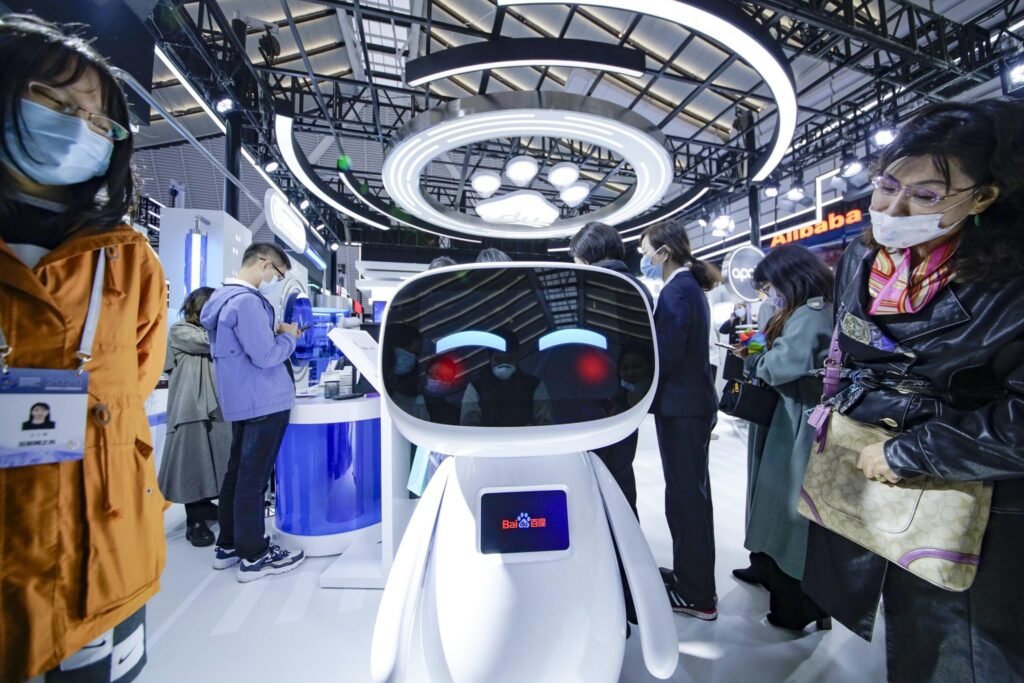
China’s remarkable technological advancement over the past few decades has transformed the nation into a global leader in innovation. From artificial intelligence (AI) to green technology and advanced manufacturing, China has risen as a powerhouse in technology-driven industries. Several factors have contributed to this rapid ascent:
1. Government Policy and Strategic Vision
China’s government has played a pivotal role in fostering technological growth through clear policies and massive investments. Initiatives such as the Made in China 2025 plan focus on enhancing domestic capabilities in high-tech sectors like robotics, AI, semiconductors, and renewable energy. The government has also designated significant resources for R&D, often outpacing other nations in terms of funding as a percentage of GDP.
- State-Directed Investments: Subsidies and grants support industries critical to China’s technological goals.
- Special Economic Zones: Cities like Shenzhen and Hangzhou were established as innovation hubs, attracting domestic and foreign talent.
2. Large Market Size and Consumer Adoption
China’s enormous population and rapidly growing middle class create a massive domestic market for new technologies. The country’s consumers are early adopters, driving innovation through demand for cutting-edge products and services, from mobile payments to electric vehicles.
- Digital Payment Systems: Platforms like Alipay and WeChat Pay dominate the fintech space, with widespread adoption transforming everyday transactions.
- E-commerce Pioneers: Companies like Alibaba and JD.com leverage this vast consumer base to push the boundaries of logistics, AI, and cloud computing.
3. Strong Tech Ecosystem and Talent Pool
China boasts a robust ecosystem of tech companies, research institutions, and skilled professionals. The country produces millions of STEM graduates annually, fueling innovation in software engineering, biotechnology, and other cutting-edge fields.
- Tech Giants: Companies such as Huawei, Tencent, and ByteDance (creator of TikTok) are global leaders in their domains.
- Start-Up Culture: The government supports startups through incubators and venture capital, particularly in AI, robotics, and 5G.
4. Focus on AI and Emerging Technologies
China has prioritized emerging technologies, particularly artificial intelligence, quantum computing, and 5G. With vast data sets from its large population and fewer restrictions on data usage, Chinese firms have a competitive edge in training AI models.
- AI Leadership: Baidu, Alibaba, and Tencent are among the companies advancing AI applications in healthcare, autonomous vehicles, and e-commerce.
- 5G Rollout: Huawei and ZTE have been at the forefront of 5G technology, giving China a significant advantage in telecommunications.
5. Integration of Manufacturing and Technology
China is often called the “world’s factory,” producing a significant portion of the globe’s goods. The integration of advanced technology into manufacturing processes has enhanced productivity and efficiency.
- Automation and Robotics: Chinese factories are increasingly automated, reducing costs and improving quality.
- Semiconductors and Electronics: Despite challenges in semiconductor independence, China is a leader in consumer electronics and high-tech gadgets.
6. Global Partnerships and Acquisitions
China has leveraged global partnerships and acquisitions to accelerate its technological growth. By acquiring foreign companies, technology, and expertise, Chinese firms have rapidly closed the gap with Western competitors.
- International Investments: Companies like Lenovo and Geely have acquired major global brands to expand their technological portfolios.
- Tech Transfer: Partnerships with international firms have facilitated knowledge and technology transfer.
7. Education and Research Development
China has heavily invested in education and research institutions, creating a pipeline of skilled workers and groundbreaking innovations.
- Top-Tier Universities: Institutions like Tsinghua University and Peking University are producing world-class scientists and engineers.
- R&D Expenditure: China ranks among the top in the world for R&D spending, contributing to advancements in various fields.
Challenges Ahead
Despite its achievements, China faces challenges in maintaining its technological momentum:
- Geopolitical Tensions: Trade restrictions, particularly in semiconductors, pose hurdles to China’s ambitions.
- Dependency on Foreign Technology: Reliance on foreign-made chips and critical components remains a vulnerability.
- Intellectual Property Concerns: Ongoing issues related to intellectual property rights could hamper collaborations with other nations.